Bubbles: And How to Survive Them
$18.08
| Author(s) | |
|---|---|
| Format |
|
| Pages |
235 |
| Publication Year |
2004 |
Financial bubbles have always exercised a fascination over academics and financial journalists. Business economists can make their reputation by spotting them in time. But in truth relatively little is known about what generates bubbles, what causes the eventual bust, what damage bubbles can do, and how they can be prevented. Most importantly, are we in one now? In this book, John Calverley explores this subject in considerable depth, using an analytic approach but writing in a style accessible to the interested layman. Calverley is the Chief Economist of American Express bank, so he knows what he is talking about. He belongs to the school that believes bubbles are recognisable, dangerous and preventable. Moreover, he thinks the housing market in Britain and some other countries now displays the characteristics of a bubble. He has a number of policy recommendations, many of which will prove controversial. Not everyone will agree with all aspects of his diagnosis or prescription. But it is hard to dispute that this book addresses an important and so far poorly understood topic.
WHY BUBBLES MATTER:
When any bubble goes bust, some people lose. Experienced speculators can be caught out, though they sometimes recognize the end of a bubble and cut their positions in time. Most importantly, they usually know how to limit their risk to a bearable level. The investors who really suffer are those who are drawn in, often at the late stages of a bubble, with very little experience of how to manage risks. For a bubble to continue to inflate it needs more and more people to invest, risking more and more money. The end of the bubble occurs either because there is nobody left to be drawn in, or because some event makes people start to sell.
If bubbles affected only a few investors, with little impact on the overall economy, they would be of limited importance. Some bubbles are indeed like that. The bubble in classic car prices in the late 1980s, for example, had only minor repercussions. A few people made a lot of money on the way up and some lost when prices crashed at the end of the decade, but the numbers involved were small. Obviously classic cars cannot be newly manufactured so, although there were some new dealers who set up during the bubble and then closed after the bust, the wasted resources involved were small. The bubble in impressionist paintings at the same time had a similarly limited effect, as did bubbles in silver and gold prices in the 1970s.
However, bubbles can cause major problems when they occur in an asset that is widely held. Then, not only do a large number of people suffer directly when the bubble bursts, as the bubble inflates it also interacts with the economy, creating a self-reinforcing boom and bust. The dangerous bubbles, therefore, are usually the ones in stocks and property.
Contents:
- An Anatomy of Bubbles
- The Great Depression
- Japan and the Specter of Deflation
- The Greenspan Bubble and Reflation
- The Worldwide Boom
- Britain Nears the Top
- A US Bubble?
- Household Debt and Monetary Policy
- The Pathology of Bubbles
- Valuing Markets Sensibly
- New Policy Approaches
- Strategies for Investors
Bubbles: And How to Survive Them By John P. Calverley pdf
5 reviews for Bubbles: And How to Survive Them
Clear filtersOnly logged in customers who have purchased this product may leave a review.

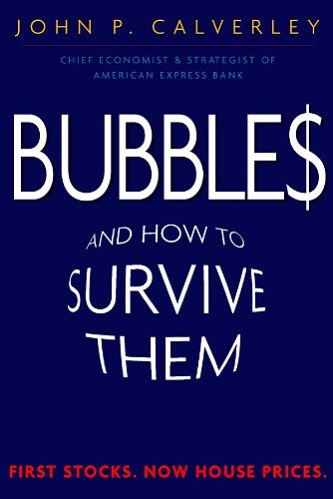

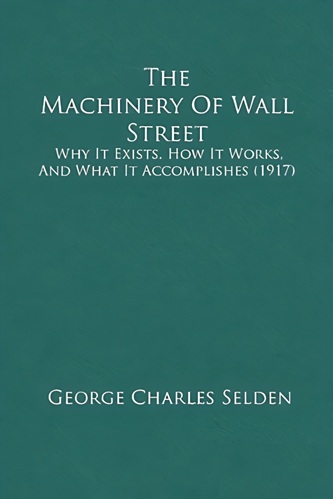
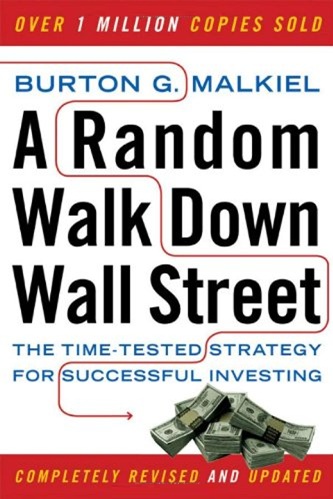
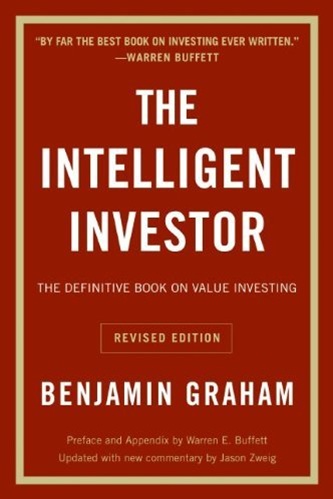
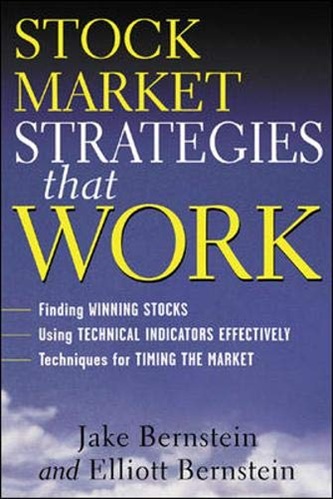
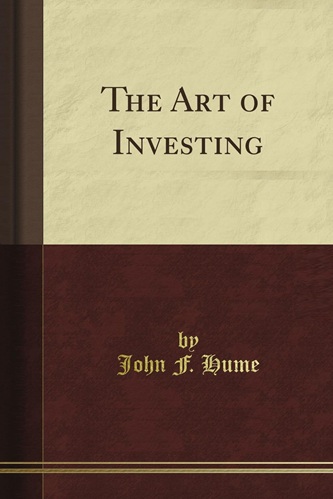
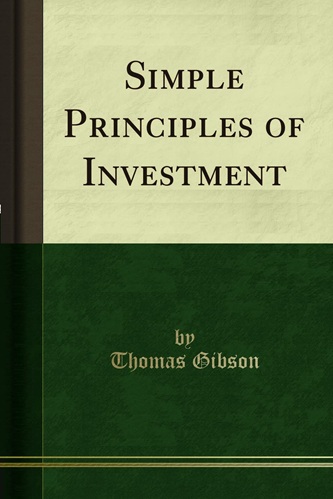
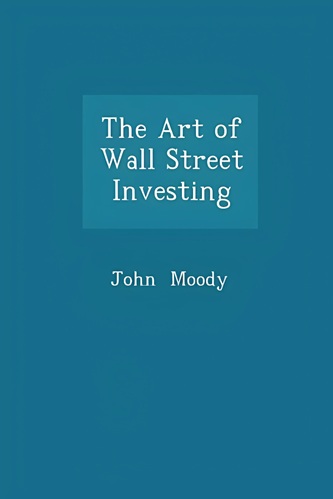
Musa Kelley (verified owner) –
Good overview of how bubbles develop. Written in an easy to read style with some good ideas for future policy, clearly relating things back to the issues of 08/09. What amazes me is either decision makers (political) dont understand the relatively simple topics discussed within this book, which would be worrying….even more worrying is that they do understand and yet do not do anything to stop the boom periods.
Byron Shelton (verified owner) –
This review is of “When Bubbles Burst”, the 2009 follow-up to Mr Calverley’s original book of 2004. I heard the author on the Today radio programme a few weeks ago and thought he sounded quite sensible and switched-on. My son is thinking of buying his first house so I am interested in looking at likely house price movements.
The book is excellent. It is a bang up-to-date commentary on the past, current and likely future financial and housing situation, with specific reference to UK, US and other markets, written by someone who 5 years ago was warning of the very problems that have now befallen us. You can pick and choose which bits to read (it’s quite easy to concentrate just on house prices for example) but I read the whole book which is probably better to get a wider grasp of his views. My only criticism is that there is a bit of “I told you so”, but then why not boast!
Of course, there are no guarantees, but if you want to know why it’s probably not a good idea to buy your first house now (but instead wait if you can a couple of years, or until whenever the indicators that the author says to look out for start to appear), then invest 18$ in this book and you might avoid losing many thousands of times that amount.
Rosalie Berger (verified owner) –
This book would be good for readers who are interested in macroeconomics and like blaming the Federal Reserve. It would very not be helpful to people who do not follow marcoeconomic debates. Even in this context, it does not provide anything new.
For a much better and more interesting take on bubbles, check out Frenzy by Carl Haacke. It’s great! It provides compelling insights into how bubbles are created by 3 types of distortions – 1) psychological, 2) competition, 3)excess. Its a much better way to understand bubbles and is a perfect way to view today’s real estate bubble. Moreover, it helps explain how to manage them better. For real estate, that would mean (dare I reveal the ending) wait for the crash and buy at firesale prices. But read it to learn more, its worth it.
Elora Solomon (verified owner) –
Still learning lots of things from this book
Khari Bridges (verified owner) –
Just finished reading what I consider one of the best timely books on our current financial crisis.
Having read several books on this topic… this one is a must read. Why?
It is written for us, the layperson… not the professional.
Check out the contents, the author writes with a simple, clear hand.
You will not find the usual economic jargon that can bog down the ease of reading and understanding. This a major achievement in itself.
He covers the first known bubble histories (1630’s)up through 2008.
He pretty good at reading the “tea leaves”
He does an excellent job of presenting different view points (his included) but leaving you to decide.
A good read.